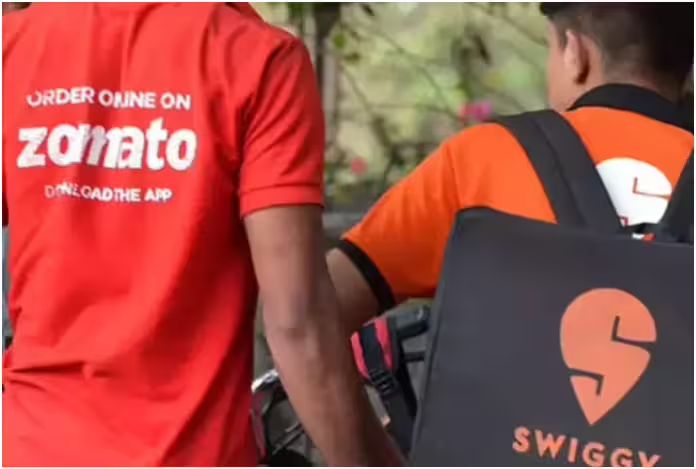After a surprising price shock on Zomato, Shyam Krishnamurthy, a new user, learned about the hidden costs associated with food delivery apps, highlighting the financial implications for users and businesses alike.
A First-Time Zomato User Finds Unwelcome Surprises.
When Bengaluru resident Shyam Krishnamurthy decided to try ordering food online for the first time, he didn’t anticipate the jarring revelation he would experience regarding delivery app pricing. Stuck with work commitments, Shyam, who usually dines at his favorite restaurant, opted to order via Zomato. Familiar with the restaurant’s prices, he expected a quick and convenient experience with a slight premium for the ease of home delivery.
Instead, Shyam was stunned when the app displayed a total bill of Rs 2,230 for an order he knew was worth far less. Upon reviewing the details, he noted that between inflated food prices on the app, service charges, and delivery fees, the cost had nearly doubled from what he usually paid at the restaurant. Suspicious of the high markup, he canceled the order and went to the restaurant in person. To his relief—but also bewilderment—his in-person bill for the same items came to just Rs 1,564.
Curious about the discrepancy, Shyam asked the restaurant manager, who, acknowledging the markup, explained that food delivery apps often charge 20-30% commission fees to the restaurants, forcing them to raise their menu prices on the app. “To avoid this, just call us directly,” the manager advised. “We’ll deliver without the additional charges.” With this insight, Shyam began questioning the economics behind food delivery apps and why their charges have continued to rise.

Why Are Food Delivery Costs Rising So Rapidly?
Food delivery platforms like Zomato have seen their fees grow sharply over recent years. This is partly because, unlike traditional retailers, tech-driven companies in the food delivery industry operate with significant overhead costs. To keep up with competition and expand their platforms, these companies hire high-level talent at competitive salaries, rivaling big names like Google and Microsoft.
Zomato, for instance, offers top-notch tech positions that require substantial investment in salaries and benefits. To fund these costs, companies pass on expenses to their customers, often in the form of increased food prices, delivery fees, and additional service charges. This financial burden falls on consumers like Shyam, who may not be aware of the extent of the markups until they see the final bill.
Moreover, food delivery apps continue to compete fiercely within a highly commoditized market. To differentiate their services and enhance user experience, they invest heavily in app development, advertising, and customer retention programs, which only add to their operational costs. In this landscape, the convenience of a few taps on a mobile app now comes with a high price tag, as Shyam’s experience clearly illustrated.

A Reconsideration of Convenience and Cost.
Shyam Krishnamurthy’s brief experiment with Zomato didn’t just reveal the high costs of delivery services; it led to a broader reflection on the role of technology in daily life. Shyam values apps that help streamline essential tasks, such as travel bookings or bill payments, but he felt that the markup on food delivery was excessive for a service he deemed non-essential.
Shyam ultimately chose to uninstall Zomato, deciding that, while convenient, food delivery apps aren’t worth the substantial premium. Instead, he’ll be dialing directly to his favorite restaurants for the occasional home delivery. In a world where technology aims to make life easier, Shyam’s experience serves as a reminder of the often-hidden costs of convenience and the value of a personal touch—something a simple phone call still provides, without the extra fees.

